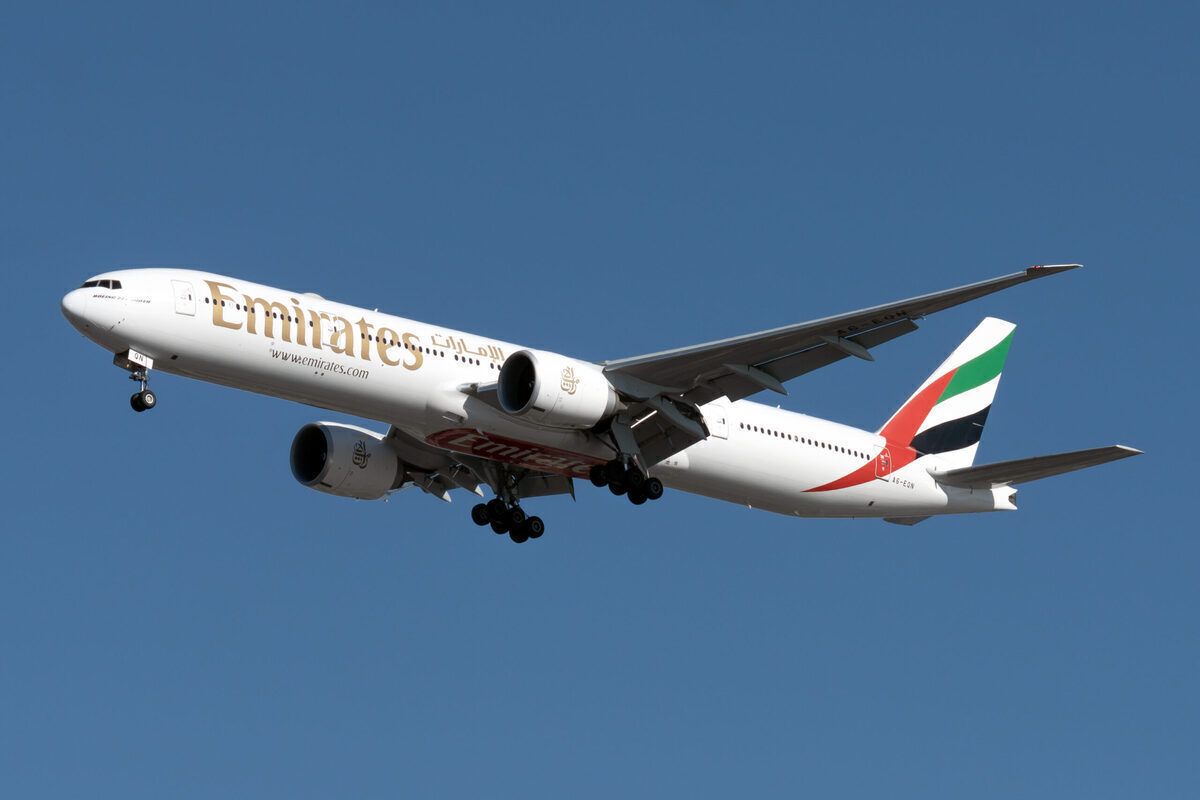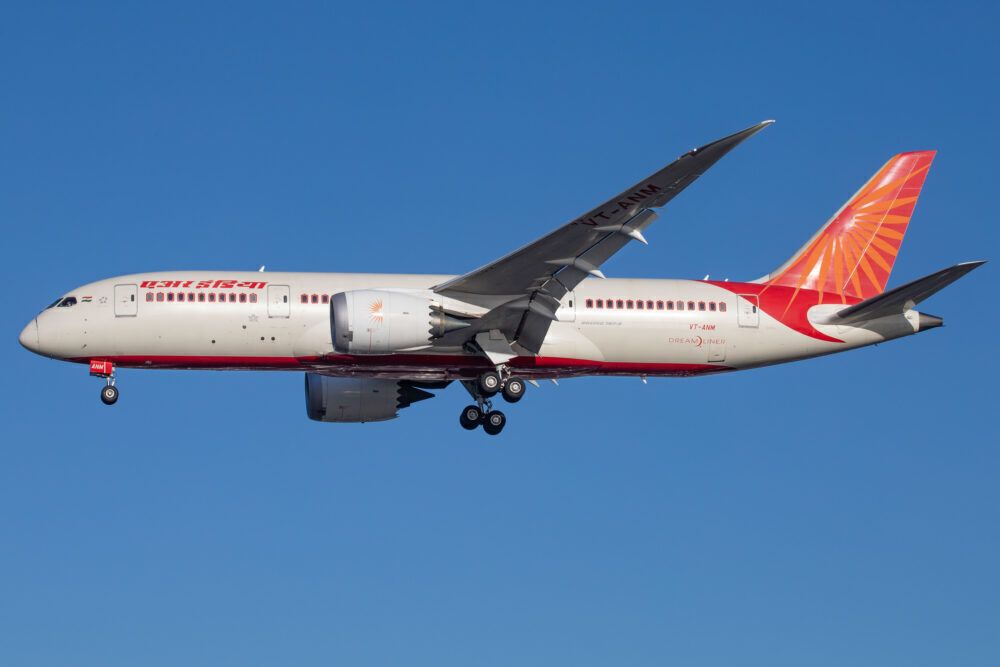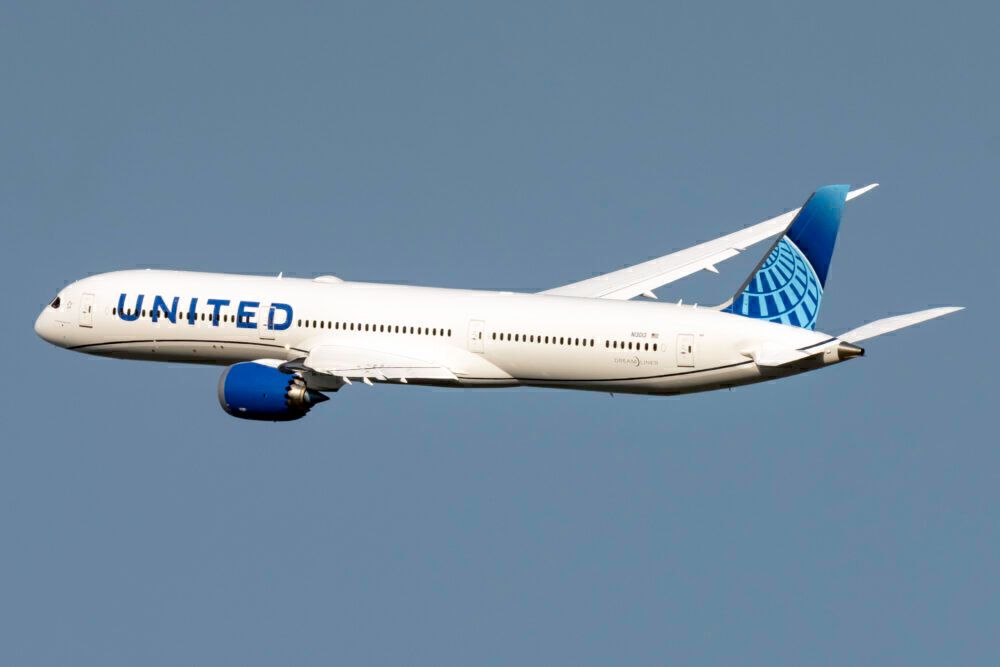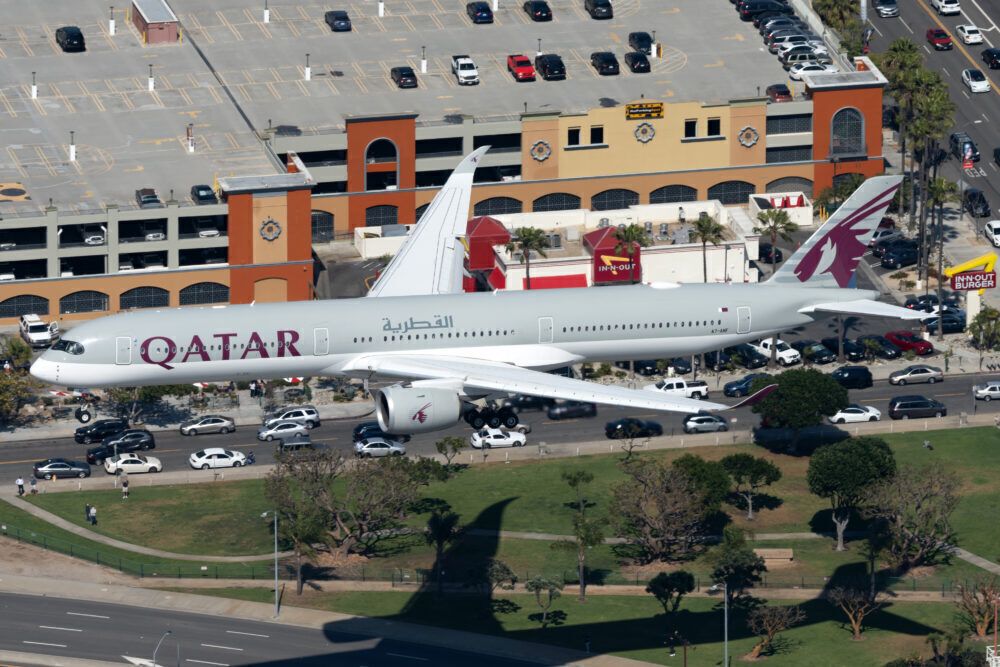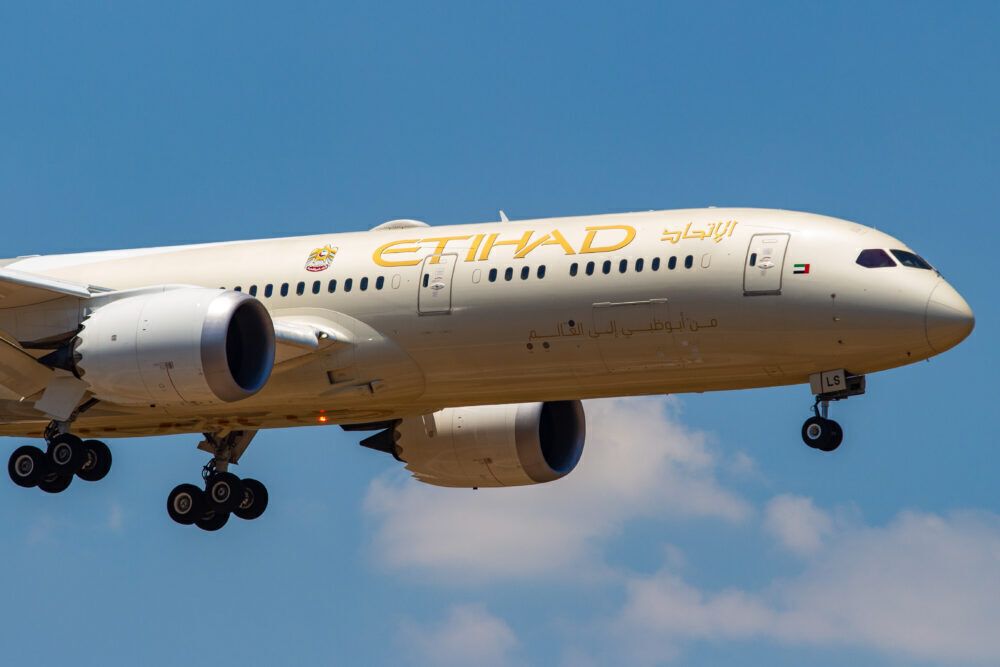The pandemic has had a severe impact on aviation in India. As the government directly intervenes, airlines have been impacted in different ways, especially foreign ones. Perhaps the worst hit by India's ban on scheduled international flights have been the ME3 or Middle East Three. The trio of Emirates, Qatar Airways, and Etihad have dominated long-haul routes from India, cutting out direct competition. But will the pandemic end this long-standing domination?
Huge blow
When the COVID-19 pandemic first hit, India quickly closed its border to international flights barring repatriations. However, upon reopening, the government opted to continue the ban on scheduled international flights and instead only allow Air India-led two-way repatriation flights. Soon after, due to pressure from other countries, India opted to set up so-called "travel bubbles," which allowed direct flights between two countries.
However, these travel bubbles had a caveat: passengers could not connect through any international hubs. Instead, all flights must be direct connections from India to the destination in question. There were exemptions, with EU airlines being able to connect passengers in the bloc and similarly for some Eastern European states. However, gone were the days of one-stop connections to North America and Europe.
Meanwhile, Emirates, Etihad, and Qatar Airways (or ME3) were only allowed to fly passengers to their home countries of the UAE and Qatar. While this is still a sizeable market, it excludes millions of yearly connecting passengers to the US, UK, EU, and many other destinations. These were huge revenue generators for the ME3, with airlines serving nearly a dozen cities in India each.
The only relaxation came in the form of allowing the ME3 and European airlines to connect passengers from Africa and South America. Due to the lack of direct connectivity to India from the continents, the Indian government has allowed Emirates and Qatar to leverage their sizeable networks and bring Indians home.
Stay informed: Sign up for our daily and weekly aviation news digests.
Filling the gap
As the Middle East Three were unable to serve their traditional long-haul markets, airlines swooped in at the golden chance. Particularly on US routes, United opted to add two new services to India, American Airlines will make a return to India this winter, and Air India added more capacity too.
Airlines have also targeted markets like Bangalore, which previously had no direct connections to the US. While some of these routes had been planned before the pandemic, many were announced in 2020 as demand rose. As overall capacity fell, airlines sensed a chance to increase their footprint rapidly.
While Bangalore has long been underserved despite a large customer case, the absence of Middle Eastern options has advanced plans for airlines. Connections from Delhi to Chicago underscore how much room airlines have to grow in the nonstop market. Similarly, Air India's Hyderabad-Chicago route is undoubtedly a response to the absence of connecting players like Emirates, Qatar Airways, and British Airways.
Carriers like Lufthansa also tried their hand at boost capacity to India (Germany-India is a busy pair for Emirates). However, the government shot this down citing "inequitable traffic distribution" compared to Air India. But the attempt shows that direct European flights are heating up too.
While it is clear that airlines are making the most of the lack of connectivity, will this last?
Leaders say no
While there has been a lot of talk about direct routes replacing connections to North America and Europe, the ME3 wouldn't agree. In an interview with Simple Flying last month, Qatar Airways CEO Akbar Al Baker made it clear that India is a key market for the airline and has huge long-term potential.
Emirates, which is currently the biggest foreign airline serving India, likely harbors similar convictions. Indeed, the Dubai-based giant's two busiest city pairs are India-US and India-UK, with two more in the top 10. While Emirates might not have access to India for now, it can bounce back quickly.
Despite the many new point-to-point routes from airlines, the ME3 have an unrivaled network in India. Qatar Airways boasts 13 Indian cities, Emirates has nine, and Etihad has 10. While some of these routes currently aren't in operation, they will quickly resume once India lifts its flight ban.
This means that even if the ME3 lose some market share in major cities, they still hold a near-monopoly over other, smaller cities. This ensures that the trio will continue to have a significant presence in India for the foreseeable future. Moreover, with lucrative pricing, the ME3 could begin to edge out the competition, as has happened in the past too.
Pandemic drags on
However, as the pandemic continues to decimated international traffic from India, the ME3 are struggling. The UAE and Qatar have both suspended entry of travelers from India since April, cutting down schedules drastically.
The emergence of the new Delta variant and a catastrophic second wave in India has meant all major destinations are closed to Indian travelers. This has meant any hope of a summer recovery have been dashed for now.
As cases begin to slow in India, airlines are hopeful that borders will slowly creep open. Considering the size of the Indian market, many countries will be eager to reopen travel as soon as it is safe to do so.
However, India's ban on international flights shows little signs of rescinding, which means a full recovery for the ME3 in India remains some ways away. Until then, there are more than enough airlines willing and able to secure some of the market.
What do you think about the future of the ME3 in India? Would you rather fly direct or with a stop in the future? Let us know in the comments!

